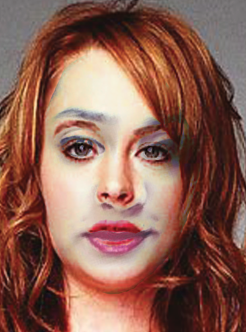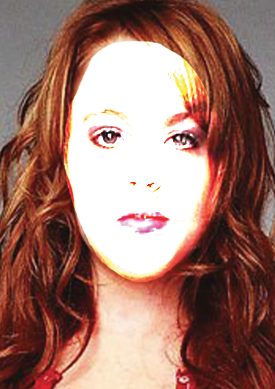Notes:
*Stenciling process - chemical properties (purple or green ink)
*Take screen to drying room (wait 10-15 mins without any sort of light)
*Clean material with sponge and water after every use
*Ear defenders and eye protection when cleaning
*Block ultra violet light (whites will go through but blacks will stay)
*Must be careful due to the reaction our skin or eyes could have with the ultraviolet light
Research:
Definition: Screen printing is a printing technique that uses a woven mesh to support an ink-blocking stencil to receive a desired image. The attached stencil forms open areas of mesh that transfer ink or other printable materials which can be pressed through the mesh as a sharp-edged image onto a substrate. A fill blade or squeegee is moved across the screen stencil, forcing or pumping ink through the mesh openings to wet the substrate during the squeegee stroke. Basically, it is the process of using a mesh-based stencil to apply ink onto a substrate, whether it be t-shirts, posters, stickers, vinyl, wood, or other material.
Screen printing is also a stencil method of print making in which a design is imposed on a screen of polyester or other fine mesh, with blank areas coated with an impermeable substance. Ink is forced into the mesh openings by the fill blade or squeegee and onto the printing surface during the squeegee stroke. As the screen rebounds away from the substrate the ink remains on the substrate. It is also known as silkscreen, serigraphy, and serigraph printing. One color is printed at a time, so several screens can be used to produce a multicoloured image or design.
Meaning of words/techniques:
*Woven fabric is a textile formed by weaving. It is produced on a loom, and made of many threads woven on a warp and a weft.
*A mesh is a barrier made of connected strands of metal, fiber, or other flexible/ductile materials. A mesh is similar to a web or a net in that it has many attached or woven strands.
*Stencilling produces an image or pattern by applying pigment to a surface over an intermediate object with designed gaps in it which create the pattern or image by only allowing the pigment to reach some parts of the surface. The stencil is both the resulting image or pattern and the intermediate object; the context in which stencil is used makes clear which meaning is intended.
*Substrate is a term used in converting process such as printing or coating as a more general term to describe the base material onto which e.g. images will be printed. Base materials include (though are not limited to)*A squeegee, squilgee or sometimes squimjim, is a tool with a flat, smooth rubber blade, used to remove or control the flow of liquid on a flat surface. It is used for cleaning and in printing.
%2B11.28.43.png)


















































